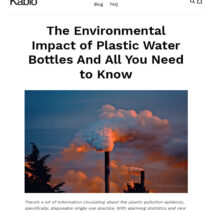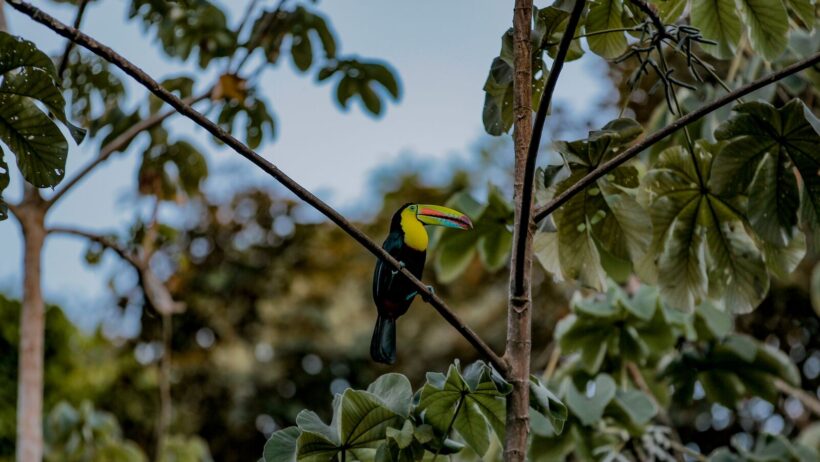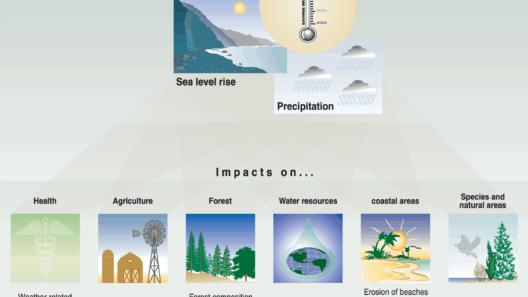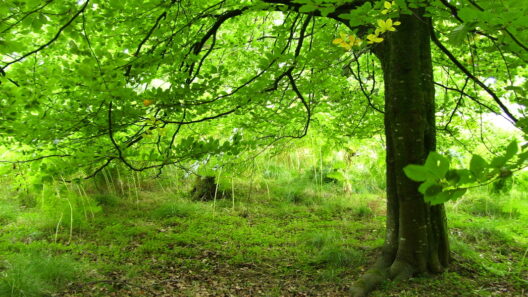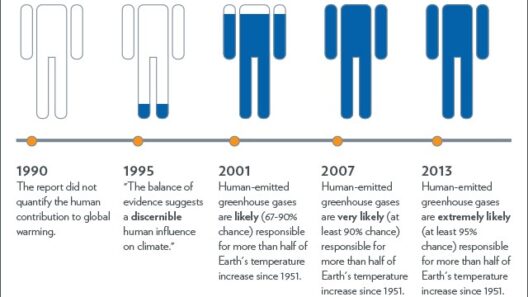Panama, a diminutive yet illustrious nation, straddles the equatorial line in Central America, serving as a vibrant confluence of ecosystems, cultures, and climactic phenomena. The climate in Panama can be understood as a tapestry interwoven with unique patterns, culminating in an extraordinary display of biodiversity, characterized by lush rainforests and the renowned Panama Canal. To comprehend this multifaceted climate, one must delve into its geographical nuances, seasonal changes, and the symbiotic rhythms of flora and fauna inhabiting this tropical paradise.
With an expanse of approximately 75,000 square miles, Panama boasts two principal climatic zones: the tropical rainforest climate and the tropical savanna climate. These contrasting environments are greatly influenced by the mountainous spine that traverses the country, creating microclimates that contribute to the overall climate diversity. The coastal regions experience humidity levels that can soar to nearly 100%, while the interior highlands maintain a more temperate demeanor, where daily temperatures can fluctuate significantly. Such variations engender distinct ecosystems thriving in harmony within this diminutive expanse.
The tropical rainforest climate, predominant in the low-lying coastal areas, exhibits a rather consistent temperature range throughout the year, oscillating between 24°C and 30°C (75°F to 86°F). Rainfall is abundant, averaging around 2000 to 3000 mm (78 to 118 inches) annually, and it is primarily concentrated between May and November, coinciding with the wet season. This deluge invigorates a stunning profusion of plant life, creating verdant canopies that embrace myriad species residing within the layers of the rainforest. On the other hand, the tropical savanna climate found in the Azuero Peninsula showcases a more pronounced dry season and typically experiences less precipitation, generating a mix of landscapes that transition from grasslands to shrubby vegetation.
In examining the impact of climate on the diverse biota of Panama, one cannot overlook the significance of the seasonal shifts that herald ecological transformations. The wet season, with its incessant downpours, instigates a cacophony of life; flowers bloom, fruits ripen, and animals engage in their instinctual mating rituals. The biodiversity of Panama flourishes during these months, rendering the rainforest a veritable crucible of evolution and adaptation. Among the myriad species, the Panama Golden Frog, once considered critically endangered, serves as an indicator of environmental health. Known for its vibrant hue and elusive nature, its survival is often linked to the delicate equilibrium between hydration, temperature, and habitat stability.
Yet, the climate is not merely a stage upon which spectacular biological dramas unfold; it also plays a pivotal role in shaping Panama’s economy and human experiences. The Panama Canal, a marvel of modern engineering, epitomizes the intricate relationship between geography and climate. Its construction and continued operation are intimately tied to the hydrological patterns of the region. The canal’s waterways, carved through the dense rainforest, rely heavily on the reliable rainfall that replenishes the freshwater lakes essential for maritime transit. The annual fluctuation in water levels, dictated by seasonal rain, underscores the importance of climate in safeguarding this critical artery of global commerce.
However, the ongoing specter of climate change poses significant challenges for the traditional rhythms of both nature and industry. Rising temperatures, altered precipitation patterns, and the increasing frequency of extreme weather events threaten to disrupt Panama’s delicate ecosystems and the livelihoods dependent on them. As sea levels rise, coastal areas face the looming threat of inundation, potentially displacing communities and jeopardizing agricultural practices. The rhythms of the rainforest could be irrevocably altered, leading to the loss of endemic species and the collapse of intricate food webs.
Proactive measures are essential in confronting these impending challenges. Conservation efforts aimed at preserving the natural landscapes of Panama have gained traction, fostering a greater awareness of the interdependence between ecological health and economic stability. Protected areas, such as the Darién National Park, shelter irreplaceable biodiversity and act as carbon sinks, mitigating the impact of climate change. Furthermore, ecotourism initiatives cultivate a sustainable relationship between local communities and the natural world, encouraging environmental stewardship and the preservation of traditional knowledge.
A profound understanding of Panama’s climate exposes the interconnectedness of its ecosystems and human societies. The rainforest and the canal are not isolated systems but rather integral components of a larger tapestry that encompasses the past, present, and future of this striking country. Each component resonates with stories that reflect resilience, adaptation, and the ongoing battle against climate adversity.
As the world continues to grapple with the consequences of climate change, Panama stands at a crossroads. The preservation of its natural heritage requires not only an awareness of the intricate climate systems at play but also an earnest collective effort toward sustainable practices. Expanding conservation initiatives, advocating for renewable energy sources, and fostering community engagement in environmental education can all contribute to a brighter, more sustainable future.
Ultimately, understanding the delicate balance of Panama’s climate offers an invitation to shift perspectives. It urges individuals and nations alike to champion environmental policies that celebrate the enchanting rhythms of nature while safeguarding the livelihoods intricately woven into this captivating land. Such a shift is not merely an exercise in advocacy—it represents a collective imperative to nurture the earth, ensuring that the lush rainforests and fluid currents of the Panama Canal endure for generations to come.
